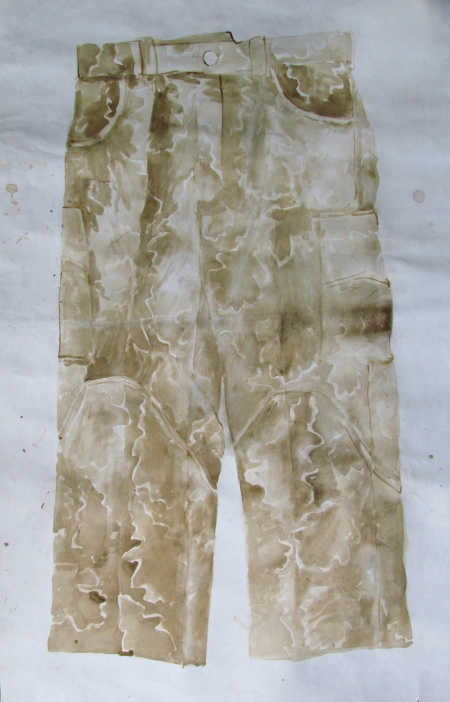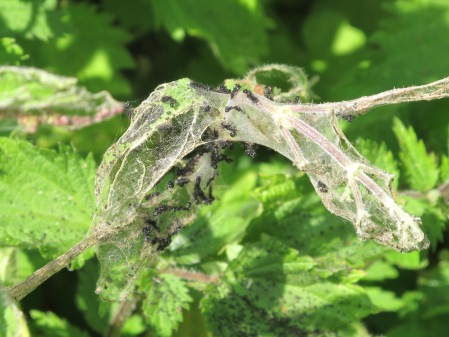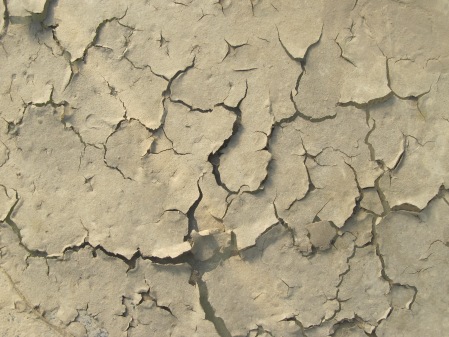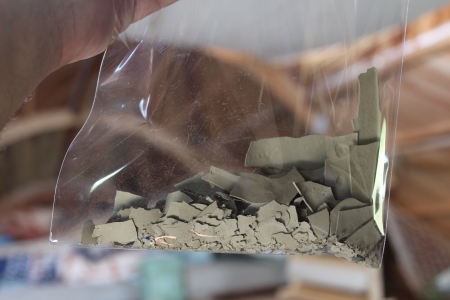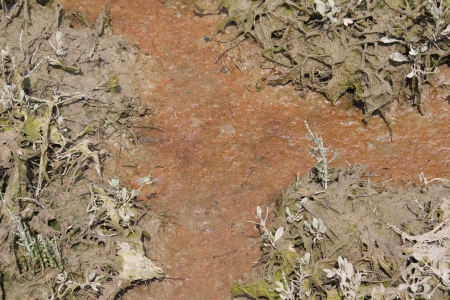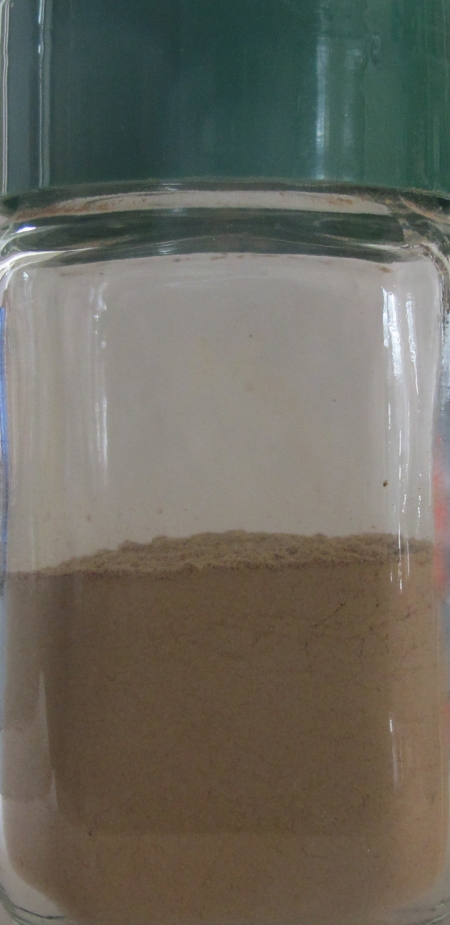It is always a surprise to look through the Egg’s door for a glimpse of how special the ordinary can be. This is the last official post and the culmination of a year of observances, and I can mark the occasion most meaningfully with no special message at all.
There may be more posts as I catch up with unedited video moments from earlier in the year and a categorisation of the narratives so as to reveal different threads of thought and observation as we determine the future of the Egg. Thank you from the Beadle as my role here comes to a close.
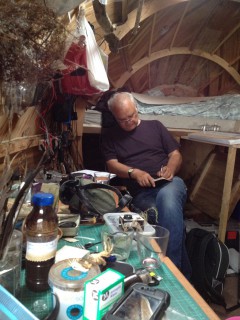
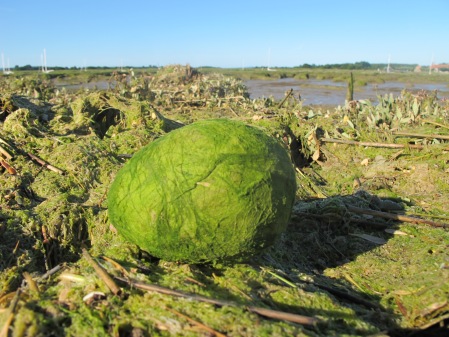
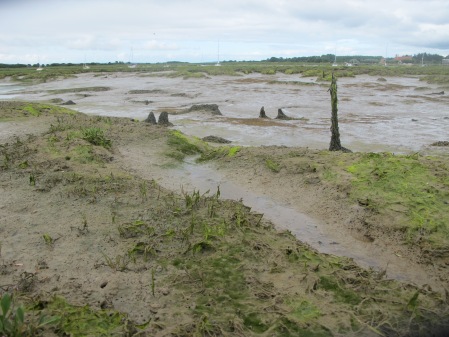
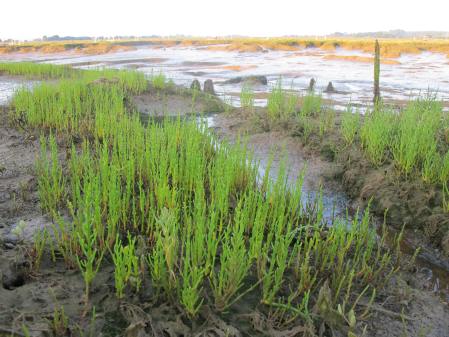
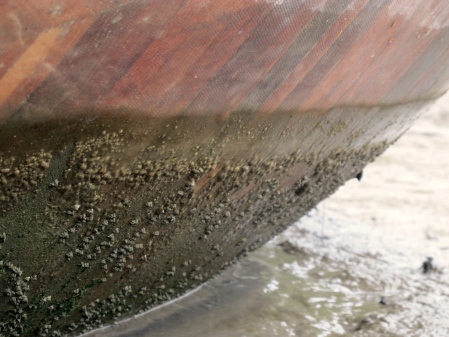

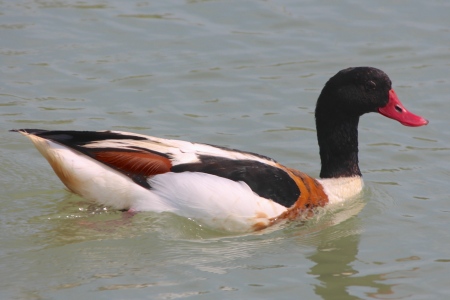
 Fashion student (now graduate) Sue Carley made me a pair of DIY jeans from unbleached cotton – Dye It Yourself. A small oak ‘bush’ beside the Egg (behind me in the photo) provided galls to create the dye and its individual leaves the templates for a pattern (drawn in hot wax then ironed out). An oak T shirt completed the ensemble. A full scale drawing of the trousers uses watercolour from the same source.
Fashion student (now graduate) Sue Carley made me a pair of DIY jeans from unbleached cotton – Dye It Yourself. A small oak ‘bush’ beside the Egg (behind me in the photo) provided galls to create the dye and its individual leaves the templates for a pattern (drawn in hot wax then ironed out). An oak T shirt completed the ensemble. A full scale drawing of the trousers uses watercolour from the same source.